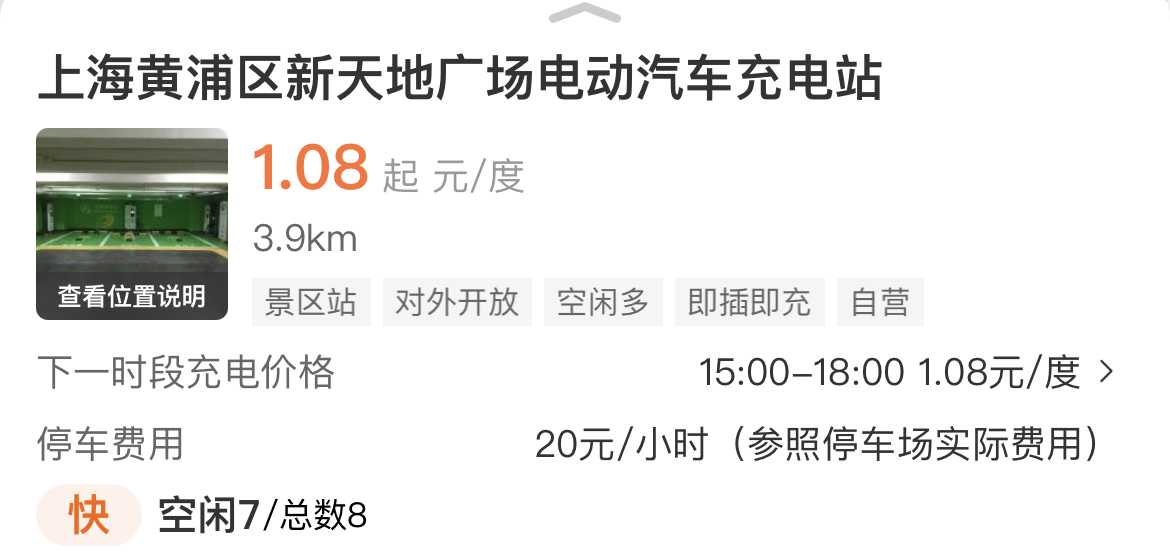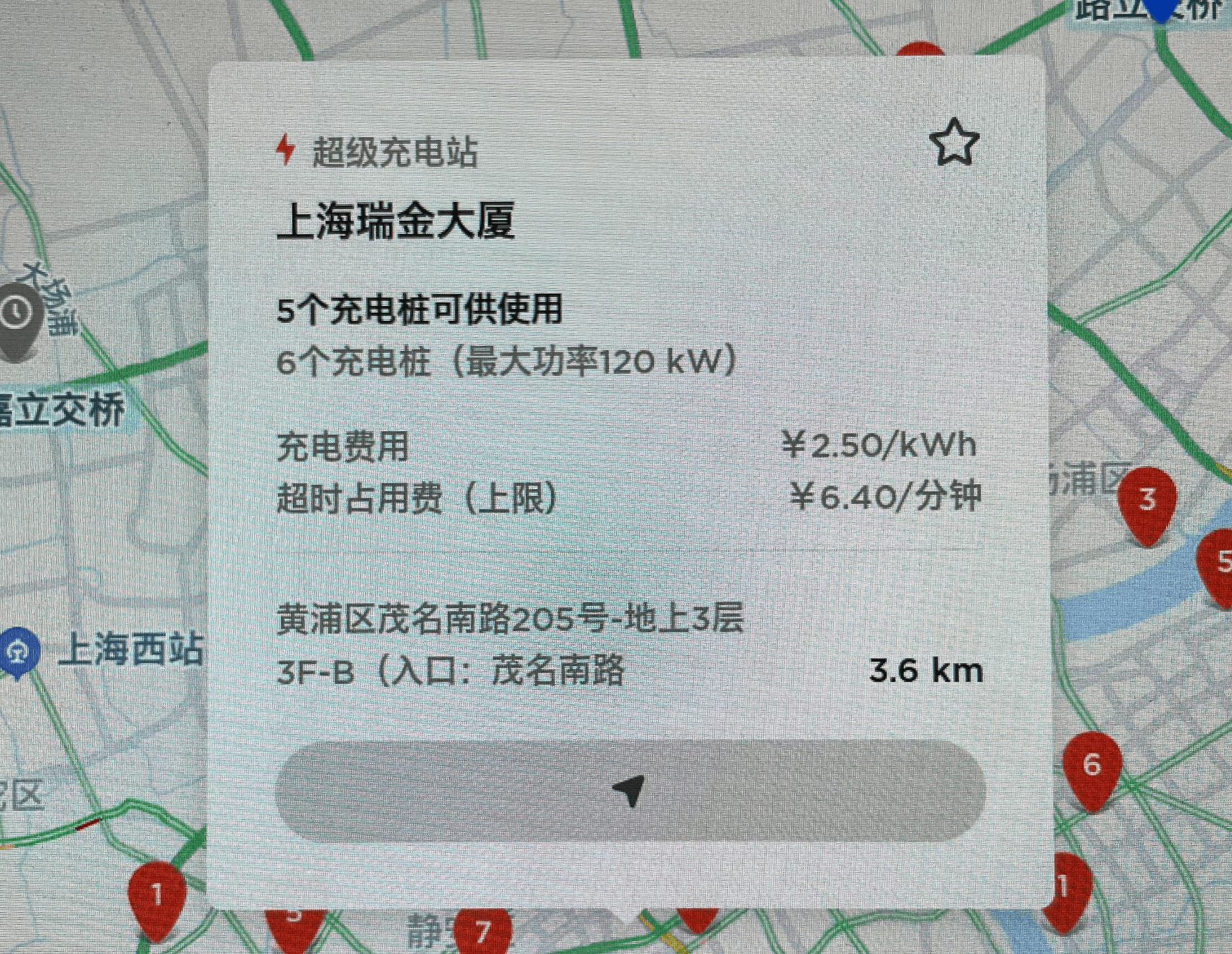Today, in response to a tweet from a Tesla fan, Musk mentioned that “Tesla will open its supercharging network to other electric vehicles later this year.”

As of now, Tesla has opened more than 870 Supercharging stations and over 6,700 Supercharging stalls in mainland China. Tesla’s charging network has covered over 320 cities in mainland China, including 11 Supercharging stations along the Sichuan-Tibet Highway.
Once opened to other EV brands, Tesla’s self-built Supercharging network will undoubtedly promote the entire industry, just as the Model 3/Y has done for the new energy vehicle market.
Tesla’s Supercharging network has always been considered one of its core competitive advantages. Currently, the biggest pain points for electric vehicles are two-fold: range and recharging. The reason why single-charging range matters so much at this stage is that charging speed and convenience are still not as good as refueling, but Tesla’s self-built Superchargers and Nio’s battery swap stations are currently the closest experiences to refueling.
For most third-party charging stations, the charging power is only 60 kW, with the highest only reaching 120 kW. Even Tesla’s basic V2 Supercharging power starts at 120 kW, while the V3’s charging power reaches up to 250 kW, which leaves third-party charging stations far behind in terms of performance. In addition to its speed advantage, Tesla’s Supercharging also has the following four advantages:
- Most charging spots have ground locks, greatly ensuring that no gasoline vehicles occupy seats;
- The high “overstay use fee” ensures that the vehicle can leave the charging spot in a timely manner after the recharge is completed, improving the efficiency of subsequent vehicles’ recharging;
- The charging piles are clearly marked, greatly reducing the difficulty of finding a charging spot;
- Professional maintenance personnel ensure that the charging stations can be used normally.
However, behind the Supercharging experience that is far superior to that of third-party charging stations is also a much higher price than that of third-party charging stations.
Musk did not mention the future charging standard for other brands’ vehicles. Currently, Tesla’s charging fee in mainland China is around 2.1 yuan/kWh.
Currently, in the domestic market, charging prices often only need around 1.3 yuan/kWh, and there will still be some ups and downs in charging prices with changes in time periods. Taking Shanghai as an example, charging a 75 kWh Model 3 to full charge in a Supercharging station built by Tesla will cost 60-80 yuan more than other charging stations.


Currently, all Tesla models can be recharged through plug-and-play. As for how other brands will use Tesla’s supercharging in the future, it remains unknown.
Compared to foreign countries, this change is easier to implement in China. Tesla’s models sold in China use a unified national standard charging port, which is different from other models in China.
For models with independent charging interfaces in the United States, it is not so easy to achieve. Musk responded, “Creating Tesla’s own charging interface was due to the lack of a unified standard at that time, and Tesla was the only long-range electric vehicle manufacturer at the time.”
As Tesla’s sales in China continue to increase, the construction of superchargers is also highly efficient. If superchargers are opened to third-party brands, it will inevitably affect the usage experience of Tesla owners.
However, as Tesla models reach more customers, the free supercharging ratio decreases and the supercharging fee increases, many Tesla users are choosing cheaper third-party charging stations.
Nevertheless, no matter how expensive the supercharging fee is, one thing is certain: for a large number of third-party brand electric vehicle users, not only is it more convenient to recharge in the city, but there are also more reliable charging options in remote areas.
Opening up Tesla’s supercharging to the public is just as significant as Model 3 entering the Chinese market at that time. It entered the market as an industry benchmark, breaking the current chaotic scene. It eliminated part of the charging companies that defrauded subsidies and improved the service standards of the entire industry.
Information source: Twitter
This article is a translation by ChatGPT of a Chinese report from 42HOW. If you have any questions about it, please email bd@42how.com.
